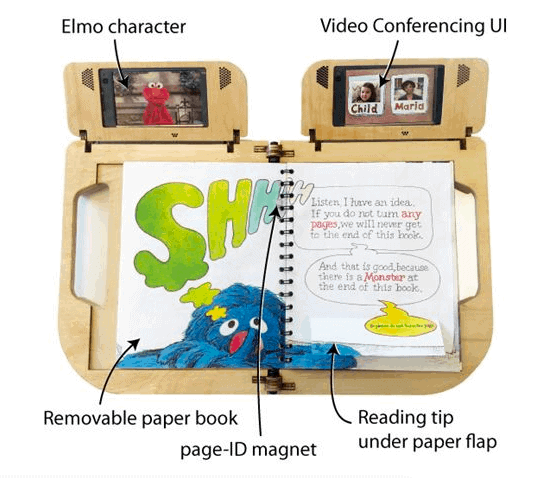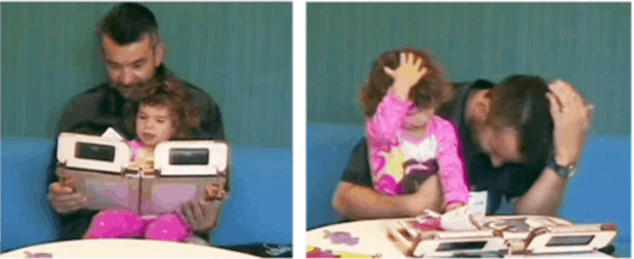Google Glass

Hayes led the interaction research team for Google Glass and was part of the core team from the time team members started making custom hardware through shipping our v1 and v2 hardware. He focused on developing new experiences which are uniquely enabled by the form factor. Wink to Photo and notification glance emphasized hands-free control. Entertainment (music and earbuds), novel input methods (eye gestures, head movement, voice and more), and Mini Games illustrate the Interaction Research, design strategy, technology development, and system prototyping Hayes’ team conducted.





